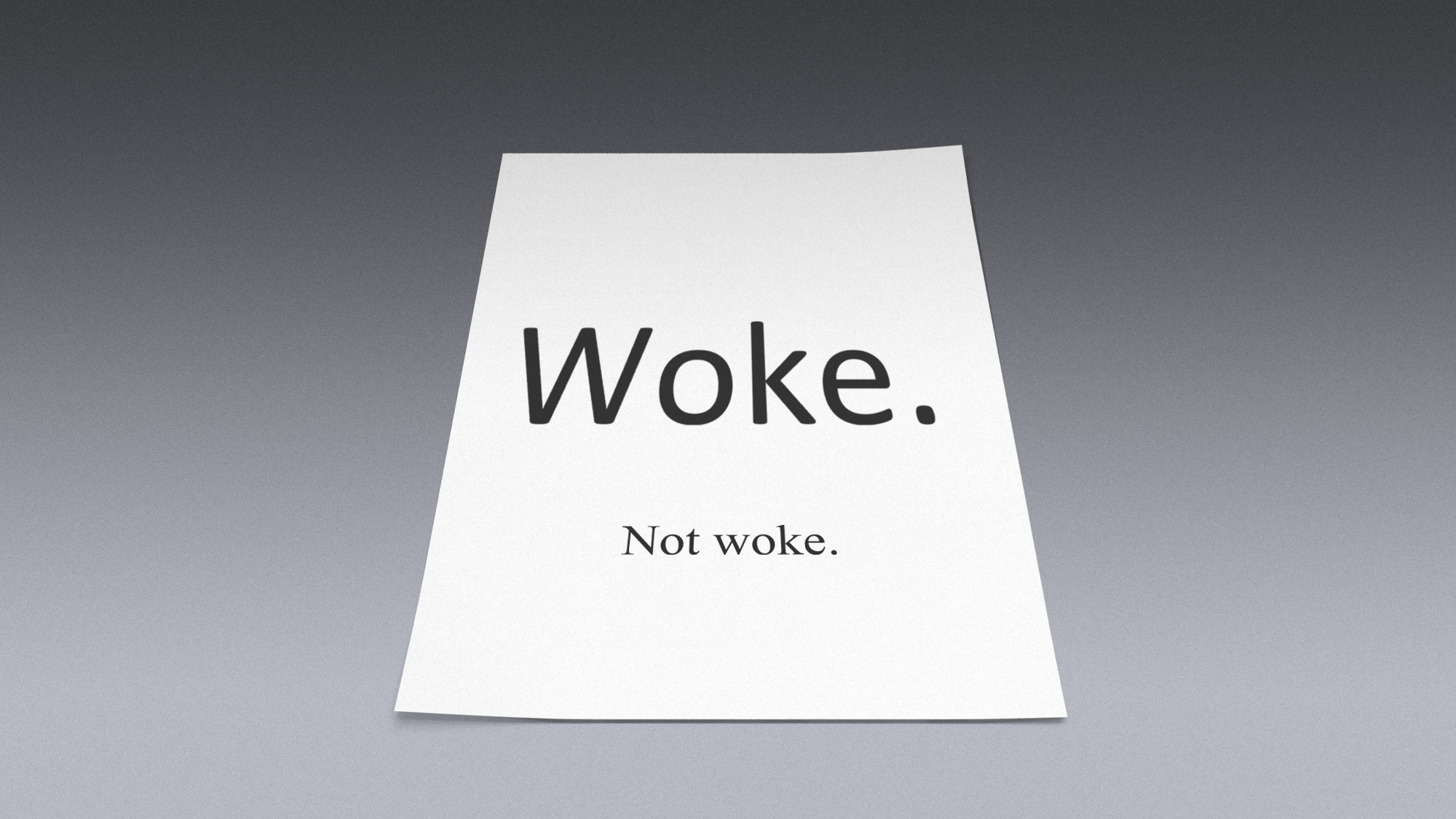A growing environmental disaster
Engineers launched another dramatic bid to cap the gushing oil spill in the Gulf of Mexico, as the slick extended across 150 miles of water in what may become the nation’s worst spill, surpassing the Exxon Valdez disaster.
What happened
Engineers launched another dramatic bid to cap the gushing oil spill in the Gulf of Mexico this week, as the slick extended across 150 miles of water, threatening coastal towns and leaving a thick, gooey coating of petroleum on oyster beds, rookeries, and the environmentally sensitive marshes of the Mississippi Delta. As The Week went to press, BP was attempting to stop the flow of oil with a “top kill” procedure, forcing a dense solution of clay minerals and water known as “drilling mud” into the well and then topping it with concrete. BP said it could not be sure that top kill would work, because of the unprecedented challenge of deploying robots to cap a narrow, gushing pipe under severe water pressure a mile below the surface. “It’s like trying to do an operation on the moon,” said Thomas Bickel, deputy chief engineer at Sandia National Laboratories.
Estimates of the extent of the spill thus far range from 6 million gallons to more than 11 million. If the larger numbers are reached, the spill—which was caused by the April 20 explosion in the drilling rig Deepwater Horizon—would constitute the nation’s worst spill, surpassing the 1989 Exxon Valdez disaster. Anger at BP and the Obama administration mounted, as BP continued drilling relief wells that would siphon off the oil in August, in case nothing else succeeds. “This is probably going to be the worst spill we’ve ever seen,” said White House environmental advisor Carol Browner, “and possibly the worst environmental disaster this country has ever seen.”
The Week
Escape your echo chamber. Get the facts behind the news, plus analysis from multiple perspectives.

Sign up for The Week's Free Newsletters
From our morning news briefing to a weekly Good News Newsletter, get the best of The Week delivered directly to your inbox.
From our morning news briefing to a weekly Good News Newsletter, get the best of The Week delivered directly to your inbox.
What the editorials said
Behold the limits of government, said The Wall Street Journal. The bluster emanating from the White House has “backfired politically” as, one by one, officials admit that “government is not the Wizard of Oz,” able to magically solve every problem—even undersea oil spills.
This spill should never have happened, said The Washington Post. The federal Minerals Management Service, tasked with oversight of the oil industry, instead enjoyed a cozy relationship with BP and its brethren, taking gifts, trips, and tickets from the companies, and relying on verbal assurances that blowout preventers made a major spill impossible. The Bush administration promoted this atmosphere of nonregulation, but why did the Obama White House wait for this tragedy before it acted to clean up the MMS?
What the columnists said
A free daily email with the biggest news stories of the day – and the best features from TheWeek.com
The sad truth is that no one was prepared for a tragedy of this magnitude, said Jeffrey Ball in The Wall Street Journal. Even though 77 major oil rigs are operating in the gulf, the Coast Guard lacks sufficient plastic boom “to keep the incoming oil away from the coast,” and scientists and the government have to rely on BP to cap the well. No one knows how much oil is flowing, either, said Ezra Klein in WashingtonPost.com. Yet an accurate assessment is “crucial to ensuring the response is adequate, that BP pays the full costs associated with it, and that the U.S. makes well-informed decisions about offshore drilling in the future.” Some experts fear the spill will exceed 130 million gallons—“nearly 13 Exxon Valdez spills.”
“Where’s the outrage?” said Mary Kate Cary in USNews.com. If you wonder why BP hasn’t gotten the message to “pick up the pace,” consider this: Since the Deepwater Horizon exploded, the Obama administration “has granted at least 19 environmental waivers for gulf drilling projects and at least 17 drilling permits” for deep-water projects. If a Republican administration had done that, “the screams from the Left would be deafening.”
Screaming won’t change the realities of our addiction to oil, said Elizabeth Kolbert in The New Yorker. “Having consumed most of the world’s readily accessible oil, we are now compelled to look for fuel in ever more remote places, and to extract it in ever riskier and more damaging ways.” Obama should use this tragedy to chart a new energy course. The inevitable consequences of “Drill, baby, drill” are now washing ashore.
-
 There’s a new serif in town: Trump’s font overhaul
There’s a new serif in town: Trump’s font overhaulIn the Spotlight As the State Department shifts from Calibri to Times New Roman, is this just a ‘typographic dispute’, or the ‘latest battleground’ of a culture war
-
 Do you have to pay taxes on student loan forgiveness?
Do you have to pay taxes on student loan forgiveness?The Explainer As of 2026, some loan borrowers may face a sizable tax bill
-
 Planning a move? Here are the steps to take next.
Planning a move? Here are the steps to take next.the explainer Stay organized and on budget
-
Climate report offers a grim forecast
feature A United Nations panel of the world’s leading environmental scientists issued its most dire warnings yet on the dangers posed by climate change.
-
A muted battering from Hurricane Isaac
feature The slow-moving Category 1 hurricane was downgraded to a tropical storm and came ashore with 80-mile-an-hour winds.
-
Hurricane Irene and the aftermath
feature Irene is likely to rank among the 10 costliest catastrophes in U.S. history.
-
Nations seek a climate deal in Copenhagen
feature Delegates from nearly 200 nations convened at the U.N. conference on climate change in Copenhagen, hoping to forge a new treaty to reduce greenhouse gas emissions.
-
A historic shift on CO2
feature The Environmental Protection Agency declared that carbon dioxide endangers human health, opening the door to sweeping climate-change rules that could cost businesses and consumers billions.
-
Hurricane Ike clobbers Texas
feature Authorities said the financial losses from Hurricane Ike could be as high as $18 billion.
-
Floods devastate the Midwest
feature Storm-driven floodwaters surged over large portions of the Midwest this week, inundating communities along the region
-
An urgent warning on climate change
feature Global warming is